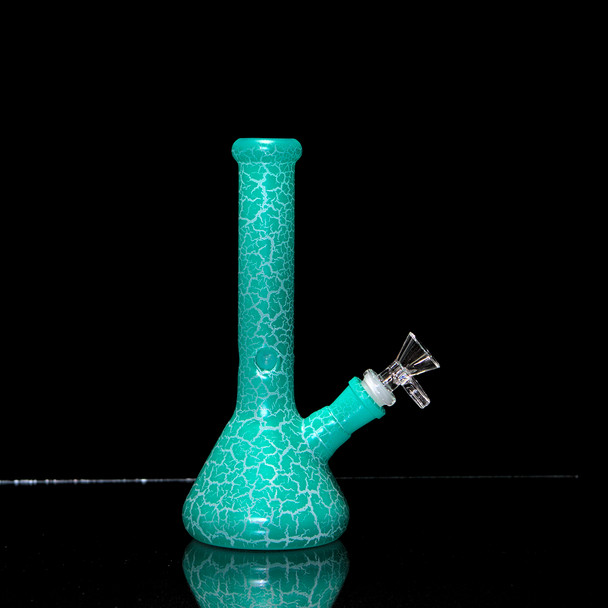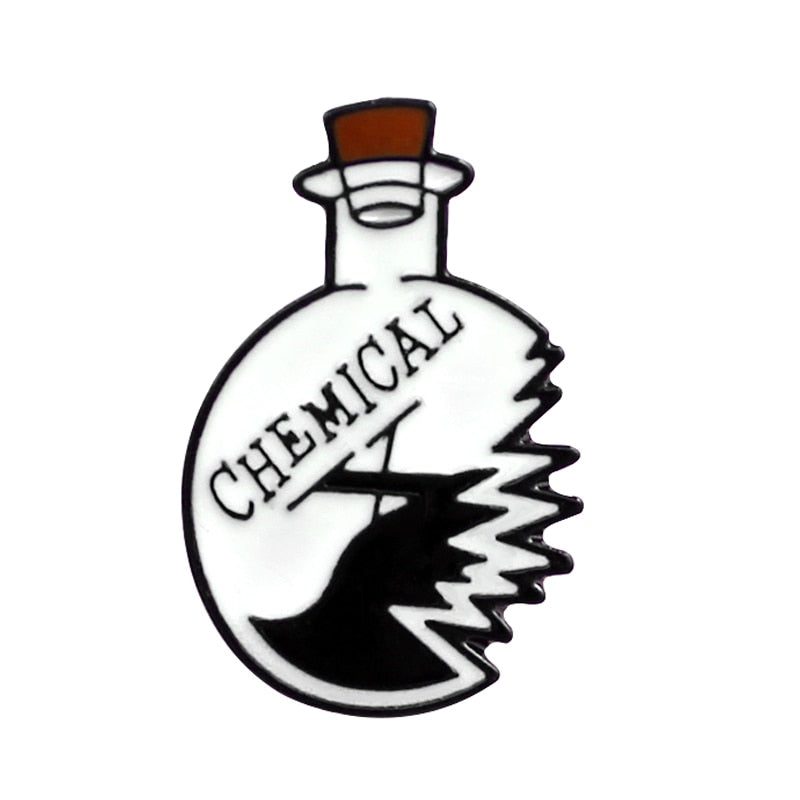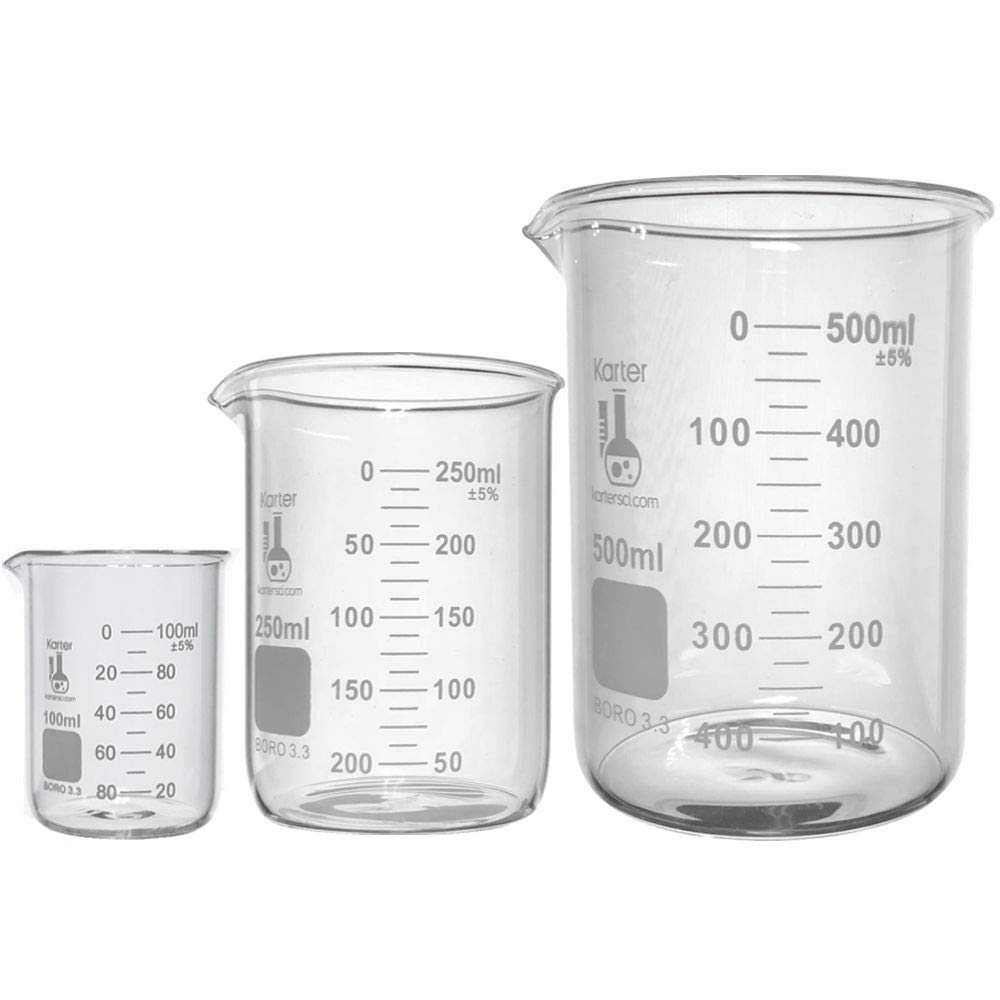In laboratory settings, beakers serve as essential tools for mixing, heating, and storing various liquids. Despite their everyday use, accidents happen, and breakage is a common occurrence. A broken beaker can lead to spills, potential injuries, and contamination, making it crucial to address these incidents effectively. Understanding how to navigate these mishaps is vital for every lab technician, researcher, or student. This guide will cover essential safety measures to prevent accidents, manage breakages effectively, and maintain a safe workspace for everyone involved.
Understanding the Risks of Broken Beaker
Common Causes of Breakage
Understanding the reasons why beakers break is vital to prevention. Factors such as temperature changes, mechanical stress, and mishandling often lead to accidents. For instance, sudden changes in temperature can cause thermal shock to the glass, leading to cracks and eventual breakage. In particular, if a hot liquid is poured into a cold beaker, it might result in catastrophic failure. Additionally, improper stacking of glassware, overcrowding on shelves, or the use of worn-out glassware can contribute significantly to breakage. Recognizing these potential causes allows laboratory personnel to adopt proactive measures, minimizing risks when working in the lab environment.
Potential Hazards
Broken beaker pose several hazards, including cuts from sharp glass shards, chemical spills of hazardous liquids, and contamination of materials. Glass shards can lead to serious injuries, requiring immediate first aid or sometimes even medical intervention. Spills can create slippery surfaces, increasing the risk of slips and falls in a busy lab environment. Furthermore, if hazardous chemicals are involved, spills might lead to chemical burns or toxic fume inhalation. Understanding these associated risks equips everyone in the lab with the knowledge and mindset needed to approach beaker handling with greater caution and vigilance.

Preventing Beaker Breakage
Proper Handling Techniques
To mitigate the likelihood of breakage, adopting proper handling techniques is essential. Always grasp beakers by the base instead of the rim to minimize the pressure applied to delicate areas. This practice not only provides better stability but also helps you maintain control while pouring or mixing liquids. Avoid overfilling beakers, as this can result in spills during transfers or when temperature changes occur. When transporting beakers, it’s wise to use a laboratory cart or tray. This precaution reduces the risk of accidentally dropping them and allows for safe movement within the lab. Encouraging mindful handling of glassware can significantly reduce breakage incidents in the long run.
Appropriate Storage Practices
Effective storage practices play a crucial role in preventing glassware breakage. Ensure beakers are stored on sturdy shelves or cabinets that are secure and well-organized. This minimizes vibrations and accidental knocks that can lead to breakage. It’s advisable to store larger beakers on lower shelves to reduce the risk of injury from dropping them. When stacking glassware, ensure that smaller beakers are placed only inside larger ones, avoiding high stacks that could easily topple over. Using designated storage bins or drawers provides an extra layer of protection for glassware. Regular inspections of your storage area can identify any signs of wear and tear on shelves, ensuring a safer working environment.
Properly Equipped Workspace
Ensuring Adequate Surface Space
A cluttered workspace drastically increases the likelihood of accidents involving glassware. Make sure your workspace has ample surface area to safely hold beakers and other equipment. Removing unnecessary items and keeping only essential tools within reach can help create a more organized environment. When conducting experiments, designate specific areas for pouring and mixing liquids. This separation not only keeps your work organized but also prevents clutter around beakers, reducing the risk of spills. Maintaining tidiness in the lab, even during busy sessions, supports both safety and efficiency by allowing for clear paths and reduced distractions.
Using Protective Gear
Utilizing the appropriate personal protective equipment (PPE) can significantly enhance safety protocols. Always wear safety goggles, gloves, and a lab coat to protect yourself from potential hazards. Gloves shield your hands from cuts while handling glassware, as well as preventing exposure to hazardous materials. Safety goggles protect your eyes from possible splashes, breakages, or airborne fragments. Lab coats shield your clothing and skin from spills, reducing the risk of contamination or injury. Investing in high-quality protective gear supports a culture of safety, reminding everyone in the lab that protecting oneself is as important as following the protocols.

What to Do When a Beaker Breaks
Immediate Response
If a beaker breaks, staying calm is essential for managing the situation effectively. First, assess the environment for potential hazards and ensure that everyone in the vicinity is safe. If hazardous materials are involved, it’s vital to alert lab supervisors or safety officers immediately. Begin by cordoning off the area to prevent others from walking through sharp glass shards or exposed chemicals. Clear communication is critical in these scenarios; inform colleagues about the breakage and any specific risks they may face. By creating a safe perimeter, you lower the chance of additional injuries while facilitating a more controlled cleanup process.
Cleaning Up Safely
After securing the area, begin the cleanup process by gathering the appropriate tools such as dustpans, brooms, or vacuums specifically designed for hazardous materials. For glass shards, avoid using your hands to pick them up, as this can lead to injuries. Instead, gently sweep the shards into a dustpan for safe disposal. If hazardous liquids are spilled, follow your lab’s established spill protocols, which may dictate the use of neutralizing agents or specialized absorbents. After cleaning, make sure to dispose of broken beaker and contaminated materials in designated waste containers. This step keeps your workspace secure and prevents future injuries.
Reporting and Documentation
Importance of Reporting Incidents
Any incidents of breakage should always be reported to a lab supervisor or safety officer. This practice not only promotes accountability but also ensures that appropriate measures are taken immediately. Reporting incidents creates a valuable database for identifying patterns in accidents, allowing for the refinement of safety protocols. Sharing detailed accounts of circumstances surrounding the breakage, such as the materials involved and contributing factors, enhances safety measures across the board. Creating a culture of transparency around safety incidents fosters an environment where everyone feels empowered to prioritize safety.
Keeping a Maintenance Log
For laboratories that utilize a significant amount of glassware, maintaining a detailed log aids in tracking the condition of broken beaker and other glass items. Record any instances of breakage and include the reasons behind them, such as human error, environmental factors, or equipment failure. This log should also contain notes on cleaning routines, proper handling techniques, and challenges faced in maintaining glassware. Regular assessments can help maintain equipment integrity, ensuring that glassware is replaced or repaired when necessary. Such logs can also assist future personnel in understanding common problems and solutions related to equipment management.

Training and Education
Importance of Safety Training
Implementing robust training programs for laboratory staff about glassware handling and safety practices is vital for creating a safe environment. Training should involve correct techniques for handling glassware, proper storage practices, and emergency protocols in case of breakage. Regularly scheduled refresher courses remind staff of best practices, keeping safety at the forefront of their minds. Encourage open discussions about safety in these sessions, allowing team members to voice concerns and share experiences. This fosters an atmosphere of continuous learning and improvement, which ultimately leads to safer laboratory practices.
Utilizing Safety Drills
Conducting safety drills focused on broken beaker scenarios enhances preparedness in lab personnel. These drills help staff practice responding to real-life incidents, ensuring they know the proper procedures without panicking. These scenarios can cover topics like how to manage spills, when it is appropriate to evacuate, and the steps for reporting an incident. Practicing these procedures builds confidence among employees and allows them to handle emergencies more effectively when they arise. Safety drills also highlight the importance of teamwork and communication in critical situations, reinforcing a collective commitment to safety.
Emphasizing a Safety Culture
Creating a Supportive Environment
Fostering a safety culture in the laboratory encourages everyone involved to take ownership of their responsibilities. Cultivating an environment where staff can voice their concerns about safety without fear of reprimand empowers them to suggest improvements readily. Holding regular safety meetings focused on specific topics—including glassware handling and accident prevention—allows personnel to share insights and learn from each other. This proactive approach ensures that safety becomes an integral part of the lab’s operation. Recognizing and rewarding adherence to safety practices can also motivate individuals to prioritize safety, making it a shared goal for the entire team.
Continuous Improvement
Emphasizing continuous improvement strengthens the laboratory’s approach to safety. Periodically revisiting safety protocols and reviewing accident reports helps identify what works and what may need adjustments. Involve staff in discussions about enhancements, gathering feedback from them about potential new strategies or technologies that promote safety. A proactive approach fosters a community committed to ongoing learning, with a focus on best practices for glassware handling and overall laboratory safety. This collective effort leads to a culture rooted in vigilance and respect for safety, protecting everyone in the lab.
Conclusion
Navigating broken beaker mishaps requires a combination of preventive measures, immediate response protocols, and ongoing education. By understanding the risks associated with glassware breakage, practicing proper handling techniques, and equipping your workspace effectively, you can significantly reduce the chances of accidents occurring. Additionally, following the proper steps in the event of a break ensures the safety and well-being of those working in the laboratory.
Establishing a culture of safety involves continuous training, open communication, and a commitment to improvement. Promoting awareness and accountability among all laboratory staff creates an environment where safety is prioritized. Ultimately, safety is a shared responsibility, and through collaborative efforts, you can minimize risks and create a laboratory space that supports both productivity and well-being. By implementing these measures, you can not only protect yourself but also your colleagues, contributing to a safer and more efficient laboratory environment.
